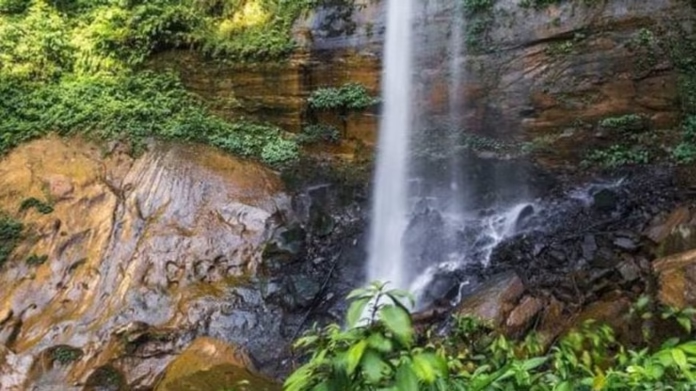Tripura has embarked on an ambitious initiative to revive 250 waterfalls across the state, aiming to boost eco-tourism and strengthen conservation efforts. The project prioritizes sustainability, with authorities working closely with local communities to restore natural water sources, improve accessibility, and protect the surrounding ecosystems. Officials believe this initiative will not only rejuvenate the state’s natural beauty but also provide economic opportunities for the indigenous population through tourism-driven employment.
The state government has identified key waterfalls that have suffered due to deforestation, soil erosion, and climate change. Restoration efforts include clearing debris, reinforcing water channels, and planting native vegetation to prevent further degradation. Experts from environmental agencies have been roped in to ensure that these measures align with ecological balance, preserving both flora and fauna in the regions surrounding the waterfalls.
The revival project integrates scientific water conservation techniques with traditional knowledge passed down by local tribal communities. Many of these waterfalls were once sacred sites and integral to local folklore, making their restoration a cultural as well as environmental mission. Authorities have sought the expertise of local elders to understand past water flow patterns and sustainable land management practices that kept these water bodies thriving.
Tourism officials have laid out plans to develop basic infrastructure around these waterfalls without disturbing the delicate ecosystem. Walkways, viewing decks, and eco-friendly lodges will be set up to attract travelers while ensuring minimal environmental impact. The government aims to position Tripura as a leading destination for eco-tourism, drawing nature lovers and adventure seekers to explore the pristine landscapes.
Local communities are playing a crucial role in the conservation drive. Several self-help groups have been tasked with maintaining cleanliness, regulating tourist footfall, and monitoring water quality. Authorities have encouraged villagers to take ownership of nearby waterfalls, offering incentives for those who actively participate in conservation efforts. This approach not only fosters a sense of responsibility but also provides additional sources of income for residents.
The economic impact of this revival extends beyond tourism. The initiative has created employment in infrastructure development, forest restoration, and hospitality. The demand for local handicrafts and organic products is expected to rise as more visitors explore the scenic locations. Local entrepreneurs have welcomed the move, recognizing the potential to market their products to a broader audience.
Water scarcity concerns have also driven the need for conservation efforts. Several waterfalls that had dried up or reduced to mere trickles over the years will be revived through groundwater recharge and rainwater harvesting techniques. Environmentalists have praised the initiative, emphasizing that restoring these waterfalls will benefit both biodiversity and water security in the region.
Authorities have planned a phased rollout of the project, starting with the most ecologically significant and historically renowned waterfalls. The first phase focuses on waterfalls near major tourist circuits, ensuring easy accessibility and maximum impact. Over the next few years, the initiative will extend to remote locations, unlocking new attractions for visitors while safeguarding fragile ecosystems.
The Tripura government has sought funding from central agencies and international environmental organizations to support the large-scale initiative. Grants and sponsorships from corporate entities under their environmental responsibility programs are also being explored. Officials have expressed confidence that this multi-pronged approach will make the project financially viable while maintaining ecological integrity.
Educational campaigns have been launched to raise awareness about the importance of waterfall conservation. Schools and colleges are being involved through field trips and workshops, fostering an early appreciation for environmental preservation. Digital campaigns highlighting the before-and-after impact of the revival efforts are expected to draw public interest and encourage responsible tourism.
The initiative has generated excitement among travel enthusiasts and environmentalists alike. Many see it as a game-changer for Tripura’s tourism sector, offering visitors a chance to witness stunning waterfalls that had long been forgotten. If successful, the revival project could set a precedent for other states looking to balance conservation with economic growth, proving that nature restoration can be both an ecological necessity and an economic opportunity.




